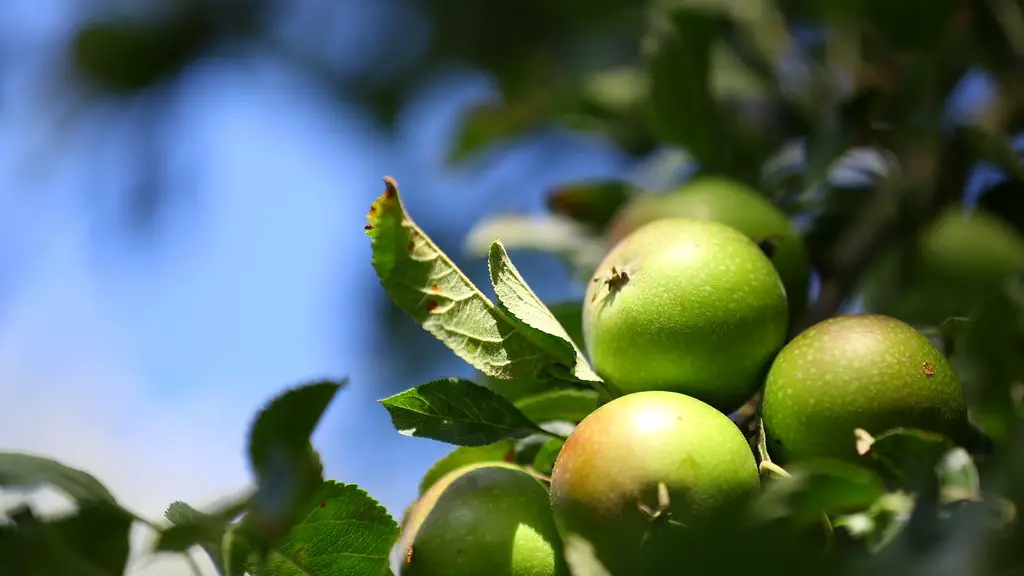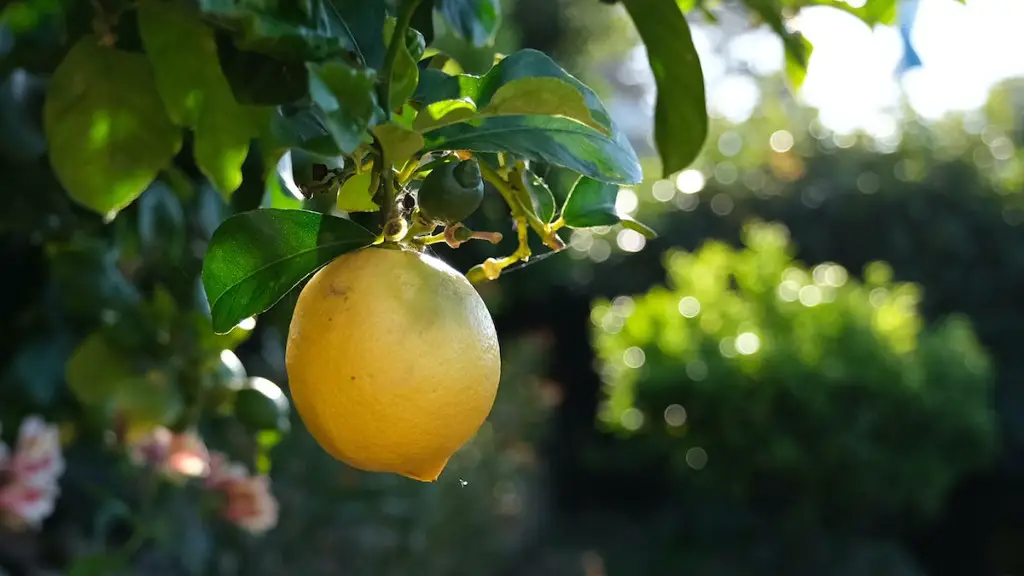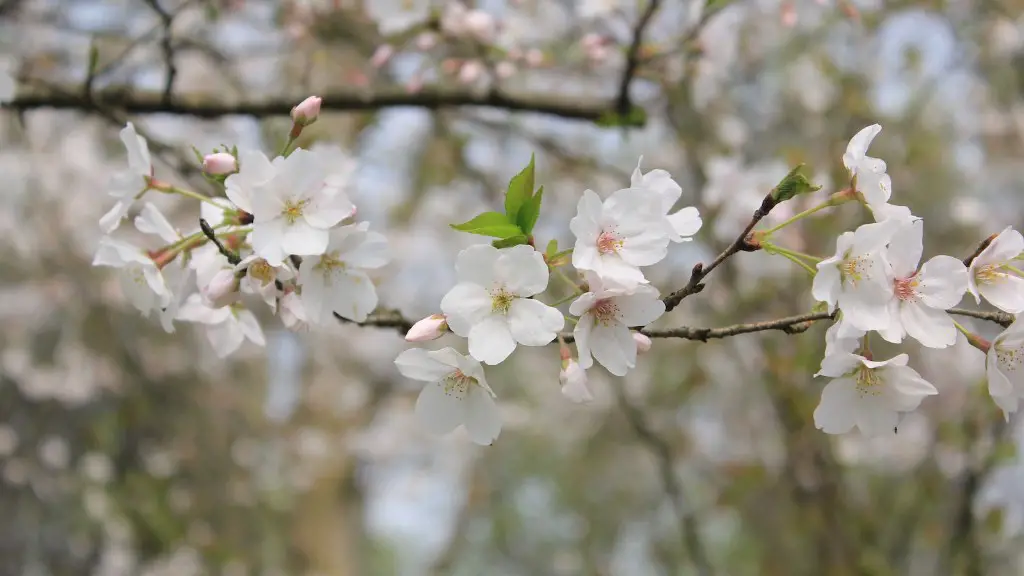Outer Layer
Creating a realistic looking palm tree out of pool noodles can be a fun and creative way to add an interesting statement piece to any outdoor living space. To begin, it is important to craft the outer layer of the tree. The pool noodles used for this project should ideally be about 35-40 inches in length for the best overall effect. It is a good idea to at least purchase 6 pool noodles so there is extra material for the leaves. Once acquired, the noodles need to be cut in half lengthwise to create more stability. Additionally, cut off the top and bottom of the noodles in order to create a level edge. Using plenty of duct tape can help to keep the noodles together.
Experts recommend cutting a triangular base for the pool noodle tree, as this will help to stabilize the noodles and also give the tree an overall better look. Use a sharp knife or box cutter to carve a flat edge on the bottom of the noodles, creating a flat base. Once all the wood is cut and taped together, it is now time to create the leaves. It is a good idea to spray paint the outer layer of the noodles to give it a Tropicana aesthetic.
Leaves
To make larger leaves, cut the noodles at least twice while they are still in the circular shape. Turn over the pool noodles so that the flat base faces up. Then, separate each noodle into ‘U’ shapes in order to create larger leaves. Smaller leaves can be created by cutting the pool noodles in half. These can then be put together to make one leaf. Experts suggest using a hot glue gun to hold the leaves together. To make the leaves look realistic, create some wider ones and some thinner ones.
For a more realistic look, choose spray paint that is a light come-coloured green. This will help the leaves to look more like trees. To make the leaves look more realistic, use a blade to add some texture. By making small cuts into the slices, it can greatly enhance the appearance of the leaves. Plus, make sure to paint the edges of the leaves to give it the most realistic outcome.
Stem
When it comes to finishing up the palm tree, the stem is a crucial aspect that cannot be forgotten. To do this, it is advised to use wood dowels or PVC pipes. This will provide the tree with an anchor and also help to support the leaves. Experts suggest drilling four holes into the base of the tree. This will provide a support for the dowel which will act as the tree’s trunk. With the help of some strong glue like epoxy or hot glue, secure the dowel into the holes and let it dry until it is firmly in place.
In order to add more realism to the look of the tree, experts suggest using hot glue to attach some paper palm tree leaves at the top of the dowel. This will help to provide the perfect finishing touch for a truly remarkable pool noodle tree.
Final Touches
The next step is to add some additional accessories. In general, it is wise to avoid real leaves and foliage as these will only die off. Instead, opt for some artificial flowers and plants. These can easily be glued on to the leaves to give the tree a more natural look. Additionally, experts recommend adding some additional lighting. This can be done with a rope light wrapped around the center of the tree and attached at the base. Doing so will further define the pool noodle tree and make it look astonishing at night time.
For a truly unique look, consider adding some decorations such as strings of fairy lights wrapped around the branches, or some larger decorations ornaments like a parrot. Once all these additions are in place, let the glue dry and the tree will now be ready to display.
Suitable Placement
When it comes to the best placement for the pool noodle tree, this is largely dependent on the location and the size of the tree itself. A great place to start is by looking at the overall landscape of the space and decide on the best position. Once that has been established, it is important to make sure that the tree is securely fixed and does not move about in the wind. To do this, experts suggest using strong steel cable ties and attaching it to the trunk of the tree and securing it to a nearby anchor point.
Alternatively, the tree can be placed into a pot and filled with sand to help keep it still. This would be particularly useful for patios, balconies and smaller outdoor settings. No matter the location, the tree should be placed in a spot where it can get enough sunlight but also some shade. Make sure to place it away from direct sunlight as too much sun could fade the paint and ruin the tree’s appearance.
Maintenance
After all the hard work of crafting the pool noodle tree, it is essential to maintain it in order to keep it looking fresh and vibrant. To do this, experts recommend performing general cleaning of the tree on a regular basis. This could involve spraying the tree down with a garden hose or wiping the leaves with a damp cloth. It is also important to make sure that any accessories attached to the tree are secured. This could involve dusting off lights or checking that ornaments are still firmly attached.
Another way to maintain the tree is to cover it up during the winter months when it is not being used. To do this, it is important to remember that the material used to make the tree should be water-resistant. Having a protective cover or tarpaulin on hand can help to protect the tree from the elements when it is not in use. Following these simple maintenance steps can help to keep a pool noodle tree looking its best for years to come.
Benefits
As well as being a fun and crafty project, a pool noodle tree also offers a multitude of benefits. Firstly, as pool noodles are made from foam, they are not as heavy as wood, meaning they can be easily transported and moved around with ease. Secondly, since they are cheaper than wooden poles, they are also more cost-effective. They also require much less maintenance, as they do not need to be treated like real wood and so the risks of rotting are significantly reduced.
Adding a pool noodle tree to any outdoor setting can be a great way to add a stunning and creative feature. Not only do they look authentic, they also come with a host of benefits to boot. Following the simple steps outlined in this article can help anyone to make a realistic looking palm tree out of pool noodles with ease.
Tools and Materials
To complete the project, it is important to have the necessary tools and materials on hand. For this project, the items needed should include at least 6-8 pool noodles, some heavy-duty outdoor duct tape, a hot glue gun, some green spray paint, a sharp knife or box cutter, some wood dowels, and a drill with various drill bits. Additionally, it is also important to have some string of fairy lights, some artificial plants and flowers, and a rope light to light up the tree.
Once all the items are collected and ready, the next step is to create the tree. Be sure to measure the dowels and noodles in advance and cut them to the desired lengths. Keep in mind that it is better to use more pool noodles and wood dowels than it is to run short, as this can create complications along the way. Once all the items are ready and the creation of the pool noodle tree is complete, all that is left to do is to put it in its desired location.
Tips and Tricks
Creating a pool noodle tree is a fun and creative project that can help anyone to make a great addition to any outdoor living space. To ensure the best outcome, here are some tips and tricks to keep in mind. Firstly, make sure to use outdoor duct tape, as multiple layers of duct tape can help to keep the noodles in place. Secondly, create a triangular base as this will provide additional stability and also make the tree look better. Additionally, experts suggest cutting some wider and some thinner leaves for a more realistic look.
When it comes to the stem, use strong material like epoxy glue or hot glue and secure the dowel into the holes using some cable ties. Furthermore, use suitable lighting at night time to bring the tree to life and make it stand out from the crowd. Finally, be sure to keep the tree well-maintained and cover up the tree when it is not in use. Doing so can help to increase the longevity and also keep the tree looking its best for years to come.




